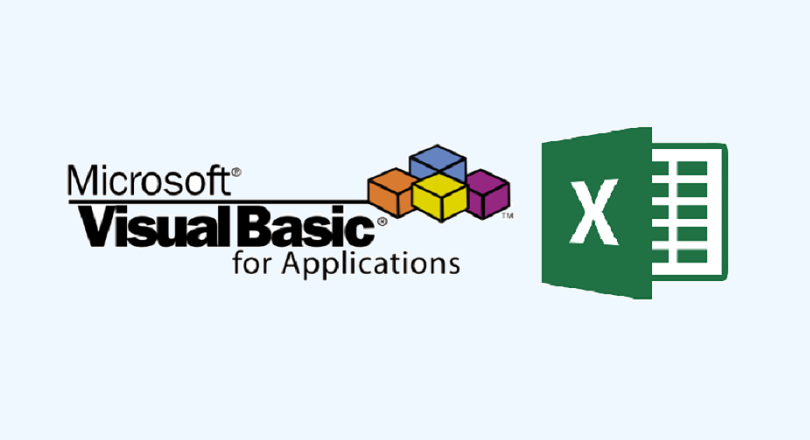
Free eBooks for Beginners
VBA, or Visual Basic for Applications, is a programming language that is commonly used for automating tasks in Microsoft Office applications such as Excel, Word and PowerPoint. It is a powerful tool that allows you to create macros and scripts that can save you time and make your work more efficient. If you’re new to programming and want to learn how to automate tasks in Office applications, VBA is a great place to start.
One of the key concepts in VBA programming is the “Option” keyword. The “Option” keyword is used to specify various settings and options that control how your VBA code behaves. These options can be used to change the way that VBA handles certain types of data, such as strings or numbers, or to change the way that VBA handles certain types of errors.
One of the most common uses of the “Option” keyword is to specify the default data type for variables. In VBA, variables can be used to store data such as numbers, strings, and dates. By default, VBA will assume that a variable is a variant, which is a data type that can hold any type of data. However, you can use the “Option Explicit” statement to force VBA to require that all variables be explicitly declared with a specific data type. This can help prevent errors in your code by ensuring that variables are used correctly.
Another common use of the “Option” keyword is to specify how VBA handles certain types of errors. For example, the “On Error” statement can be used to specify what should happen when an error occurs in your code. You can use this statement to specify that VBA should display a message box with an error message, or that VBA should jump to a specific line of code to handle the error.
Another option is “Option Compare” statement, which is used to specify how VBA compares strings. By default, VBA compares strings in a case-sensitive way, which means that “Hello” is not the same as “hello”. However, you can use the “Option Compare Text” statement to tell VBA to compare strings in a case-insensitive way. This can be helpful when working with strings that may contain uppercase and lowercase letters.
In addition, you can also use “Option Base” statement to specify the default starting value for arrays. By default, arrays in VBA start at index 0, but you can use the “Option Base 1” statement to change the starting value to 1. This can be helpful when working with arrays that contain a large number of elements.
In summary, the “Option” keyword is a powerful tool that can be used to specify various settings and options that control how your VBA code behaves. By using “Option Explicit”, “On Error”, “Option Compare” and “Option Base” statements, you can help prevent errors in your code, improve the readability of your code, and make your code more efficient. Understanding the uses of the “Option” keyword is an important step in becoming a proficient VBA programmer.
VBA for Beginners – Chapter 04 : VBA Option Keyword
 Loading...
Loading...
Disclaimer: The information and code presented within this recipe/tutorial is only for educational and coaching purposes for beginners and developers. Anyone can practice and apply the recipe/tutorial presented here, but the reader is taking full responsibility for his/her actions. The author (content curator) of this recipe (code / program) has made every effort to ensure the accuracy of the information was correct at time of publication. The author (content curator) does not assume and hereby disclaims any liability to any party for any loss, damage, or disruption caused by errors or omissions, whether such errors or omissions result from accident, negligence, or any other cause. The information presented here could also be found in public knowledge domains.
Learn by Coding: v-Tutorials on Applied Machine Learning and Data Science for Beginners